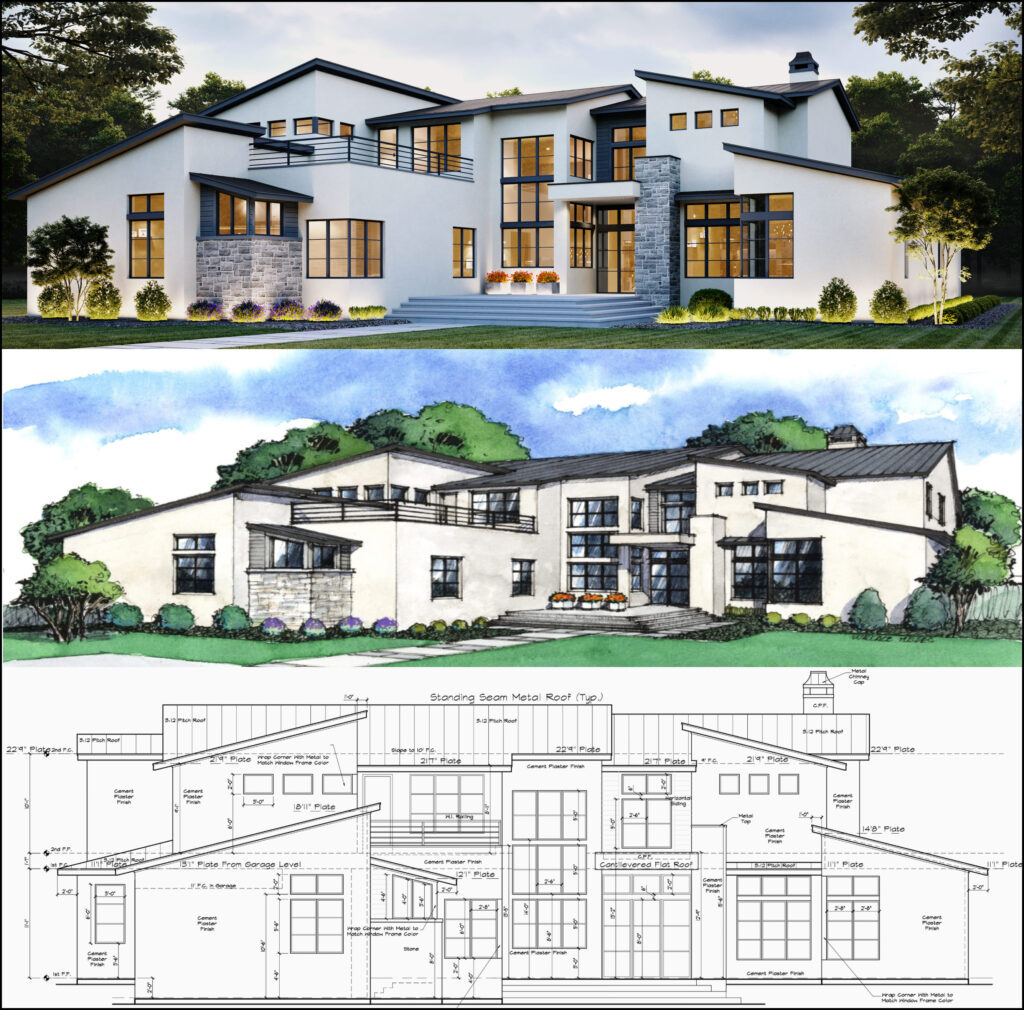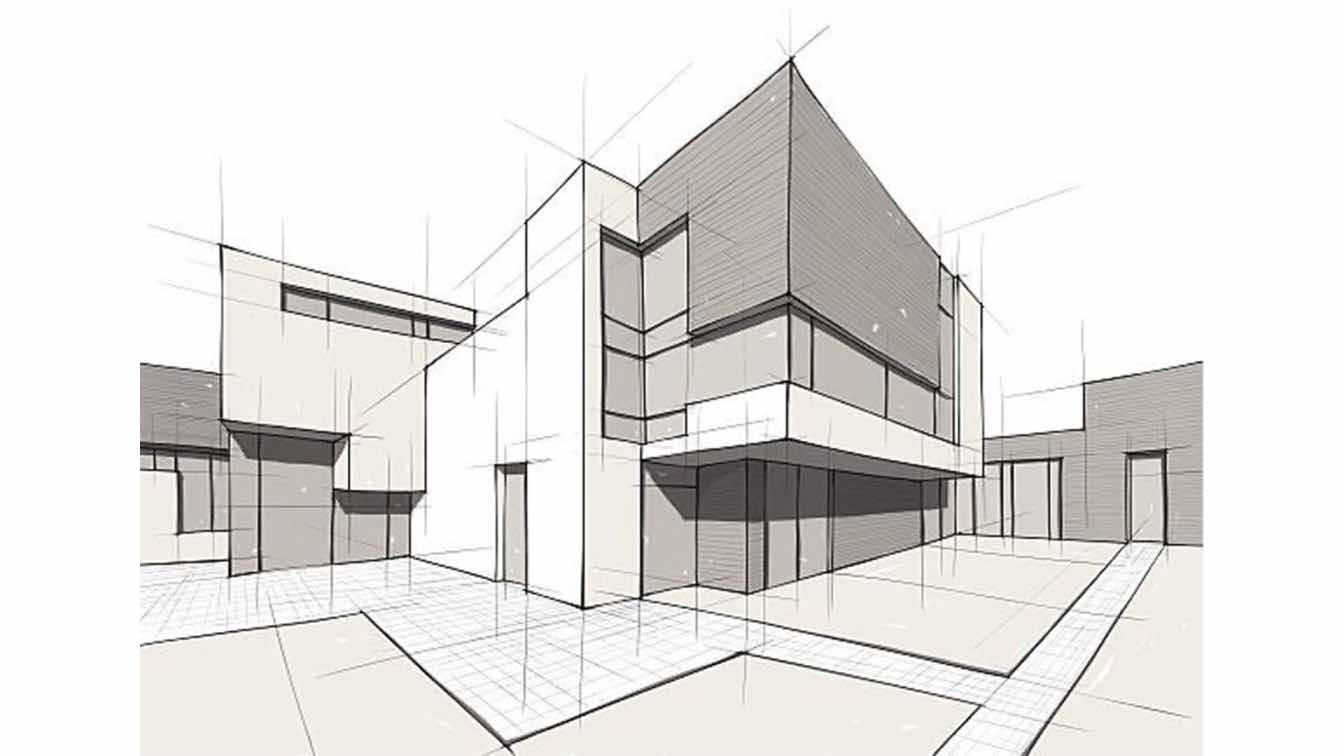Top Factors to Select CDA Architects for Your Residential or Commercial Styles
Top Factors to Select CDA Architects for Your Residential or Commercial Styles
Blog Article
A Detailed Overview of Architectural Designs and Their Impact on Modern City Planning and Advancement
Building styles have long served as a mirror to the social worths and technical improvements of their time, playing an important role in forming contemporary city planning and advancement. From the splendour of Neoclassicism to the utilitarian approach of Brutalism, each design has introduced unique concepts that influence urban aesthetics and capability.

Historical Overview of Building Designs
Throughout background, building styles have developed in reaction to social, technological, and ecological variables. Each period reflects the prevailing worths, ideas, and innovations of its time, resulting in a rich tapestry of design that represents human creative thinking and adjustment. The old worlds, such as the Egyptians and Greeks, established fundamental styles that stressed balance and proportion, offering both practical and aesthetic objectives.
As cultures transitioned with the Center Ages, Gothic design emerged, identified by its verticality and intricate outlining, mirroring the spiritual desires of the era. The Renaissance marked a revival of classic perfects, combining art and style in cutting-edge methods that affected subsequent styles throughout Europe.
The Industrial Change introduced brand-new materials and construction strategies, prompting motions like Modernism, which challenged standard kinds and welcomed simplicity and capability. The 20th century saw a diversity of styles, with Postmodernism reacting against the stark minimalism of its precursor, including historic references and diverse elements.
Today, architectural designs remain to evolve, driven by globalization and sustainability problems, showing a dynamic interaction in between heritage and innovation (cda architects). This historical review emphasizes the relevance of architecture as a mirror of societal evolution and as a stimulant for metropolitan growth
Trick Architectural Styles Explained
The variety of architectural designs shows the myriad influences that shape our constructed environment, each embodying distinctive features and social relevances. Secret building styles consist of Timeless, Gothic, Baroque, Modernism, and Postmodernism, each representing unique historical contexts and aesthetic ideologies.
Classic architecture, rooted in ancient Greece and Rome, highlights proportion, proportion, and the use of columns. In contrast, Gothic style, prospering in the center Ages, is defined by sharp arcs, ribbed safes, and flying buttresses, creating a heavenly high quality in sanctuaries. Baroque design, emerging in the 17th century, is marked by grandeur, fancy embellishment, and a dynamic interaction of light and darkness.
Modernism, which got energy in the very early 20th century, focuses on function over form, making use of brand-new materials like steel and glass to develop minimalist frameworks. Postmodernism, responding versus the austerity of Innovation, embraces eclecticism and historic recommendation, typically incorporating spirited aspects and irony.
Understanding these designs offers understanding into the social stories and technological advancements of their corresponding periods, highlighting how design offers not equally as a shelter, however as a reflection of societal values and goals.
Influence On Urban Planning
In forming the growth of cities, building designs considerably affect city planning choices. The choice of architectural style frequently determines the aesthetic appeals, functionality, and general character of city atmospheres. cda architects. Innovation, with its emphasis on minimalism and performance, encourages open rooms and the assimilation of modern technology, forming city designs that focus on effectiveness and accessibility. On the other hand, conventional designs may highlight historical preservation, resulting in city styles that keep cultural heritage and promote pedestrian-friendly environments.
In addition, architectural styles can affect zoning regulations and land moved here utilize plans. Urban organizers need to take into consideration the prevailing building patterns when designing areas, making certain that brand-new developments integrate with existing frameworks. This consideration promotes cohesive urban landscapes and improves community identity.
The implementation of specific building styles can likewise influence socioeconomic factors within a city. High-end modern layouts may bring in wealthy residents and companies, leading to gentrification, while extra economical housing options could focus on practical and sustainable layouts to accommodate varied populations. Inevitably, the interplay in between building designs and urban preparation creates vibrant cities that show both historical context and contemporary requirements, shaping the lived experiences of their citizens.
Sustainability and Modern Style

Contemporary architectural motions, such as biophilic design and green style, supporter for frameworks that harmonize with their environments, using all-natural products and promoting biodiversity. These styles usually incorporate renewable resource sources, such as solar panels and wind turbines, to decrease dependence on fossil fuels and reduced carbon footprints.
Additionally, the assimilation of innovative modern technologies, such as smart structure systems, boosts power administration, enhancing resource use while making sure owner convenience. Ingenious water management methods, consisting of rainwater harvesting and greywater recycling, further add to sustainable urban settings.
Notably, sustainability prolongs past environmental problems; it includes social and financial measurements. By fostering area wellness and promoting inclusivity, contemporary architectural styles align with lasting development goals. Subsequently, the evolution of building methods continues to form durable cities that not just satisfy the needs of the here and now yet also protect the future for generations to find.
Area Involvement in Style
Area engagement in layout serves as a critical bridge between engineers and the populaces they serve, making certain that the developed environment mirrors the look these up needs and goals of its customers. This collective process welcomes neighborhood participants to contribute their understandings and choices, fostering a sense of possession and obligation towards the spaces they populate.
Reliable area engagement uses numerous techniques, such as workshops, surveys, and public forums, to collect diverse viewpoints. These approaches help with a two-way discussion, enabling engineers to recognize regional contexts while equipping homeowners to voice their problems and needs. This inclusivity not only improves the style top quality yet additionally promotes social equity by dealing with the distinct challenges encountered by marginalized teams.
Moreover, community interaction can result in cutting-edge solutions that could not arise in a typical layout procedure. By incorporating neighborhood expertise and social values, designers can create areas that resonate more deeply with individuals, boosting functionality and sustainability. Ultimately, focusing on neighborhood engagement in design procedures causes settings that nurture social communications, support health, and enhance community ties, therefore playing a pivotal duty in shaping modern-day metropolitan landscapes.
Conclusion
Building styles have greatly influenced contemporary city preparation and growth, showing evolving social and technical contexts. As cities continue to expand and adjust, the continuous dialogue between building heritage and contemporary design concepts will certainly stay essential in producing inclusive, lively rooms that enhance high quality of life and advertise social equity.
Report this page